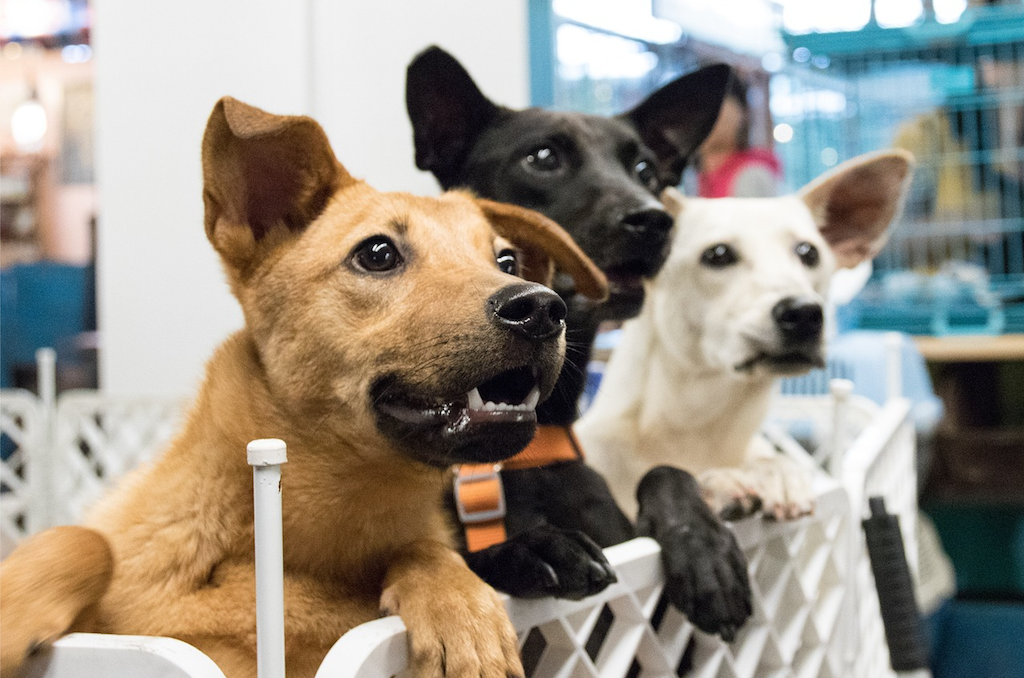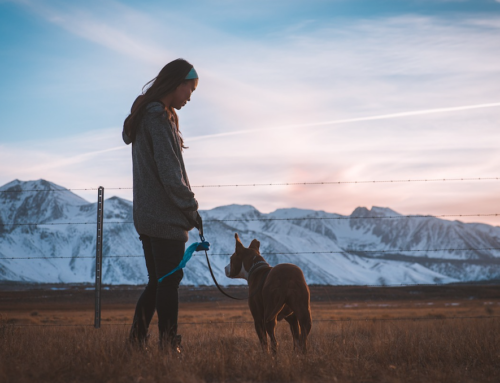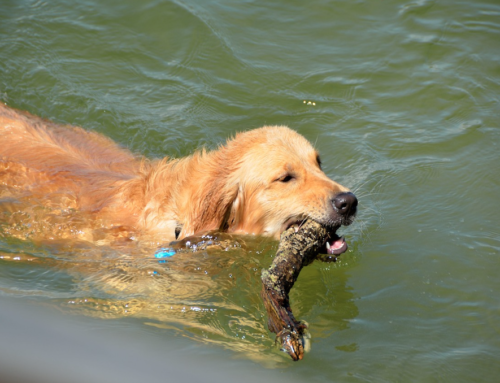
Dog Adoption Checklist & Tips
Each year, roughly 3.1 million dogs enter U.S. animal shelters, according to the American Society for the Prevention of Cruelty to Animals (ASPCA). Nearly 2 million get adopted, but there’s still so many more who need a forever home.
Both the dog and the owner benefit from adoption. For the dog you rescue, it can be a lifesaving event. It also frees space for the shelter to take in more animals — and potentially help them get adopted, too.
Pet owners also experience their own set of benefits. Animal companionship helps people mitigate feelings of depression and loneliness, providing owners with increased opportunities to exercise, get outside and socialize. According to the CDC, the bond between people and pets has also been linked decreased blood pressure and increased cognitive function in older adults.
Follow this dog adoption checklist to ensure you and your pet start off on the right paw — and enjoy one another’s company for years to come:
1. Check your Homeowner Association (HOA) rules and/or lease. First and foremost, make sure that you’re allowed to have a dog in your current living quarters. Some HOAs have restrictions on the breed, number of pets and maximum weight limit for dogs. If you’re renting an apartment or house, the landlord may also have certain limitations in place for pet ownership. By reading the fine print, you’ll help ensure that the process goes smoothly and you’re able to actually keep the pet you adopt.
2. Think about your lifestyle and the type of dog that will best fit within it. Pet shelters have a variety of dogs that are different sizes and breeds. Before you visit a shelter to find a pet, research the level of activity and typical demeanor for different dog breeds — and think about which ones best fit your lifestyle.
Maybe you have children and want a dog that’s friendly and plays well with others. Labradors, Golden Retrievers, Beagles, Pugs, Irish Setters, and Collies are all good options. Or maybe you’re single and an avid runner. Look for dog breeds that can keep up, like Weimaraners, Parson Russell Terriers, Pit Bulls, and Greyhounds, per Runner’s World. Looking for pet companionship instead of an exercise buddy? A lap dog may be your best bet, such as a Cavalier King Charles Spaniel or Maltese.
3. Find the right animal shelter or rescue group. Breed-specific rescue groups are a great option for those who have their heart set on a purebred dog or puppy. The American Kennel Club Rescue Network compiled a list of more than 450 U.S. rescue groups — and you can search by dog breed. Most of the dogs in breed club rescues were given up by individual owners. Roughly one-third come from animal shelters, animal control and dog pounds.
Dog shelters are another place to look for your new fur friend. Use the ASPCA database to search by breed, gender, location, ideal qualities, size, and age.
Before you visit a rescue group or shelter, look at their online presence. Based on reviews, do they seem like they would be honest and transparent about your potential pet candidates? That can help you avoid adopting an animal that truly isn’t a good fit for you or your family.
4. Adopting your new dog. Before visiting your first shelter or group, look up their hours online. Since many of them are operated by volunteers, they may not be fully open during regular business hours. Once you pick a day and time that works for your schedule, show up and ask to meet with some of the pets available for adoption.
Initially, the volunteer will likely meet with you to gauge what type of dog you want and the type of lifestyle you lead. This can help them match you with the right potential pets. You’ll then get a chance to interact with your potential pup. Most shelters have visitation rooms where you can spend time together.
When you meet an animal you’d like to adopt, the volunteer should go through the dog’s medical and behavioral records with you. Request a copy and ask any questions you may have about the dog.
Dog adoption questions might include:
Do they have any chronic health conditions?
Are they on any medications?
Have they had any vaccinatioons or surgeries while here?
Have there been any reported incidents of this dog biting people?
Does it already have a microchip in case it gets lost?
After visiting with the dogs, you can decide whether you want to proceed with the adoption or put the dog on “hold,” should you need more time to decide. Some shelters let you place an animal on hold for 24 hours for a small fee, which often goes toward their operation costs and does not apply to the final adoption fee.
If it’s a puppy, the shelter may not let you place it on hold, as they tend to be popular adoptees.
Once any required payments are made and necessary contracts are signed, the dog is now yours to take home.
5. Buy pet supplies. First-time dog owners will need to be prepared with the essentials when their new pet comes home. Some of the must-have items on your dog adoption checklist include:
Dog food
Dog food scoop
Large sealable dog food container
Waterproof mat to go under food and water bowls
Dog bed
Pee pads
Leash
Collar with nameplate and contact information (phone number), in case the pet gets lost
Crate
Following your first vet visit, you’ll also need a plan for heartworm medication, as well as flea and tick medication.
6. Get established with a veterinarian. Within a week of you taking your dog home, try to schedule a vet visit. Let the veterinarian know you recently adopted a dog and ask what recommendations they may have (e.g. vaccinations and flea and tick medication, etc.).
Bring your pet’s medical and behavioral record from the shelter with you to the visit and give a copy to the vet. During that first visit, the vet will take the dog’s temperature, weigh them, and do a physical assessment of their body, skin, coat, heart, eyes, ears, nose, and mouth. A vision, hearing or alertness test may also be conducted.
Once the assessment is complete, ask your veterinarian any questions you may have, including what to feed your pet and any recommendations for emergency pet care. If something urgent comes up after hours, you’ll need a place that can help treat your dog. Being prepared is part of great puppy parenting.
By taking the steps in this dog adoption checklist, you and your dog will start off on the right paw — and enjoy one another’s company for years to come.




